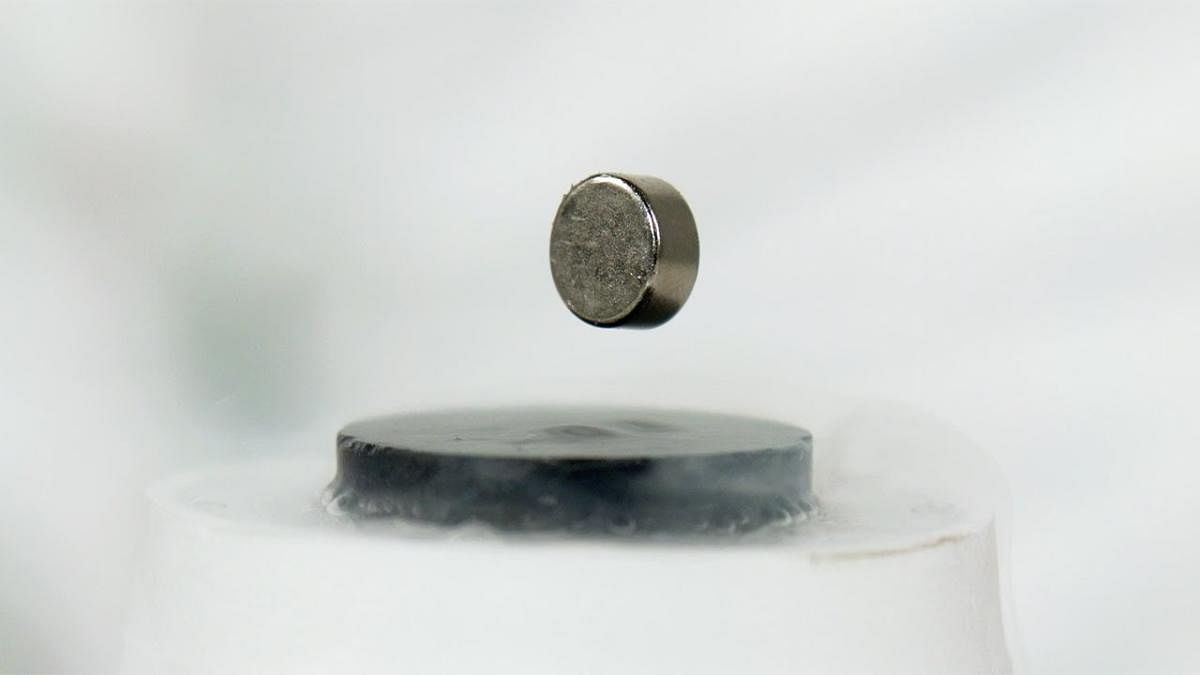
Hit by accusations of fraud a year ago over their reported breakthrough in superconductivity, a group of scientists at the Indian Institute of Science have submitted a revised paper for review which they said would validate their claims.

“Basically, the claim made is the same as last year and the only things that are changed are the fact that we have now released the full ‘recipe’ into the public domain, allowing other researchers to replicate our methods,” said professor Arindam Ghosh of the IISc’s Department of Physics, and a co-author of the paper.
Other changes include design tweaks to the test and a stronger experimental footing, plus the support of eight further researchers, professor Ghosh added. According to reports, however, superconductivity was found in 10 out of the 140 samples tested.
The original paper, which was filed in July 2018 by professors Anshu Pandey and Dev Kumar Thapa, asserted that they had succeeded in creating a superconducting substance at room temperature – long the “holy grail” of scientific research.
The paper was attacked by scientists in the United States and India after Dr Brian Skinner, a physicist from MIT, pointed out that published data showed a repeating pattern of “noise” within the data, when by nature, noise is actually random. Skinner has also criticised the revised paper, tweeting on May 23, two days after the paper was submitted that the authors had neglected to remove the repeating noise data. “They did change the colors on the plot though, lol,” he wrote.
This sort of reaction has rankled several scientists and academics in Bengaluru.
'Controversy unreal'
“The controversy which the paper generated is unreal, but the noise is real,” said professor T V Ramakrishnan, a leading condensed matter physicist associated with the IISc. Ramakrishnan explained that all circuits give off fluctuations which result in noise.
“In the IISc test, the fact that noise is not random could possibly indicate that we are dealing with a new type of scientific phenomenon,” he added.
Professor Anshu Pandey echoes this view, saying that the exotic nature of their testing substance, which was built using a nanosphere of gold into which even smaller spheres of chemically treated silver were introduced, had left the team treading into uncharted territory.
“The problem is that we do not know the origin of the ‘noise’ - it could be inherent to the kind of material we have created or it could be an artifact. Further analysis is required,” said professor Ghosh.
An esteemed national scientist who did not wish to be named suggested that much of the criticism of the IISc’s work is not rooted in science. “If this breakthrough had been in the United States or Europe, you would not see scientists being treated in the manner the IISc group is being treated,” he said.